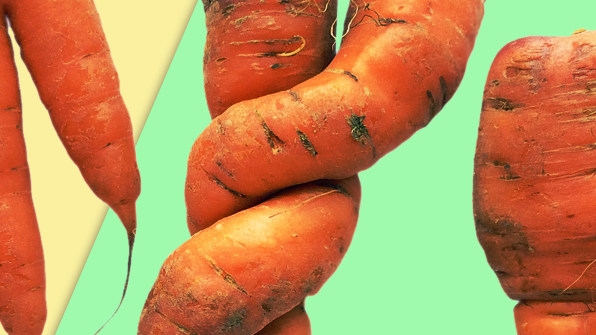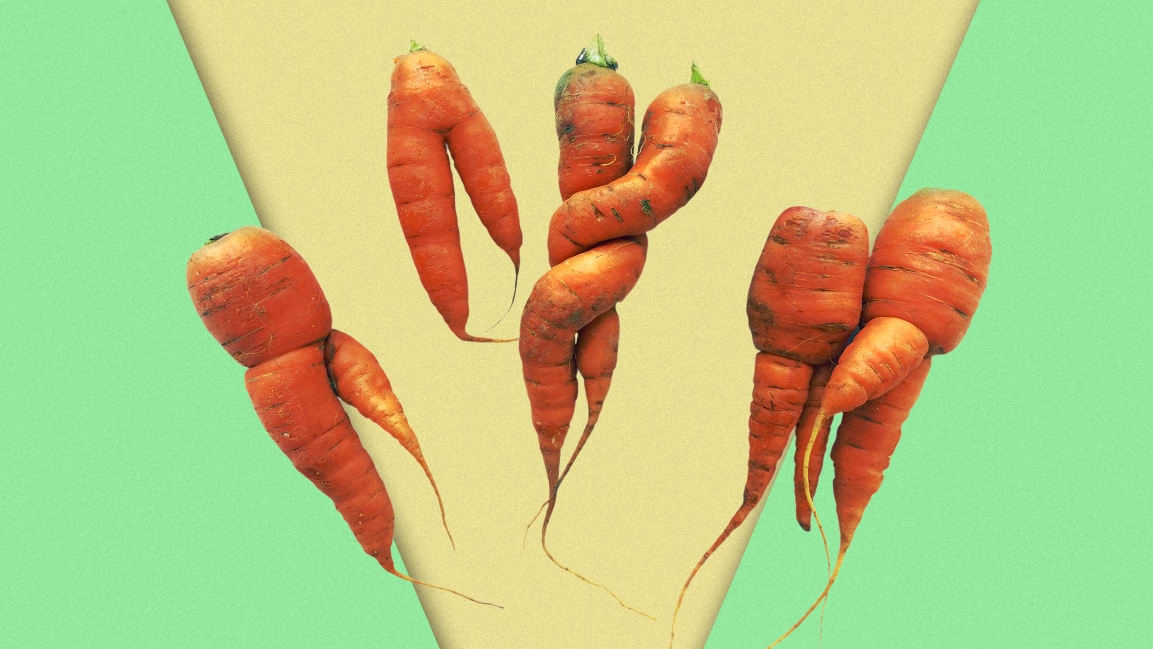Why we need better, bigger data to help combat food waste
By Tim Richards
Last week, the UN sounded the alarm bell about an impending food crisis driven by climate change, and it identified reducing food waste as an essential part of the solution. Currently, almost one-third of the world’s food supply ends up in the trash. Food waste is a serious, yet often overlooked, ecological hazard, responsible for 8% of greenhouse gas emissions, one-fourth of our freshwater usage, and one-fifth of the trash in American landfills.
As we struggle to address climate change and its threat to our food security, many solutions seem daunting and politically divisive. Food waste is one area where there are relatively painless ways to have a serious impact. We don’t need to consume less, tightening our belts or giving up our favorite foods, if we can consume smarter by using technology and data to make our food system more efficient. From apps where consumers can buy “ugly produce” to data systems that help grocers avoid overordering meat, machine learning, big data, online marketplaces, and other promising technologies offer a path to significantly reduce food waste.
One of the easiest targets for change is the grocery store. An estimated 10% of produce is rejected because it doesn’t meet retailers’ quality standards, though often there’s nothing wrong with these items beyond the fact that they don’t look pleasing. Some of them end up canned, juiced, or otherwise processed (think of the modern baby carrot, whittled down from regular size carrots that aren’t quite up to snuff). Until now, however, there weren’t many options for selling “ugly produce” to those consumers who might not mind a bruised apple or asymmetrical mushroom.
Imperfect Produce, Hungry Harvest, and other online marketplaces have recently cropped up to fill this gap. By lowering transaction costs, technology facilitates the creation of virtual marketplaces for lower-quality food. Big data makes it feasible to gather up unwanted products from a variety of sources and get them to the scattered consumers willing to buy them. These marketplaces allow for what economists call price discrimination, where sellers offer the same product for different prices to different groups of buyers.

In a study a colleague and I published last year, we found that online marketplaces offer a promising solution for preventing food waste. Imperfect Produce says it has rescued 40 million pounds of food since launching in 2015, saving 1.2 billion gallons of water and 110 million pounds of carbon emissions. Companies are also bringing the model to other parts of the supply chain: Full Harvest sells subpar produce to food and beverage companies, while Food Cowboy diverts unwanted food from wholesalers to food banks and other charities.
In addition to creating new marketplaces, technology can improve how existing retailers manage their inventory. Customer loyalty is critical for grocery stores, and it’s earned by making sure shoppers always find what they want in stock. This leads retailers to overorder. When you see all that glistening meat and seafood left in the case at the end of the day and wonder where it’s headed, the answer may well be the trash.
Over the past decade, big data has revolutionized how stores track their inventory. Grocers now know the whereabouts of every piece of food in their store, exactly when it comes in and goes out the door, and often who it goes with, as tracked by shopper loyalty programs. Combine this data with machine learning algorithms and you can create a better system for matching supply to consumer demand fluctuations, ensuring customers get precisely what they want without the need for excess inventory.
My colleagues and I recently received a grant from the USDA to develop machine learning algorithms that will help retailers optimize their purchasing decisions to better match demand-flow. These tools can help retailers develop pricing and promotion strategies and inventory management practices that reduce food waste and save money.
If we combine better inventory management systems with new marketplaces for excess products, we may be able to save a significant share of the $47 billion in food retailers waste each year. Grocery stores follow three Ds for dealing with excess food: discount, donate, or discard. Algorithms that help retailers better match supply to demand can alert them when it’s time to discount or donate food, and they can use platforms like Imperfect Produce or Food Cowboy to do so. Companies like Spoiler Alert are creating advanced inventory analysis systems that enable retailers to identify and move products that aren’t likely to sell to other markets, or to charities, so that less food ends up discarded.
While retailers are the clearest targets for big data solutions, technology can also enable us to make better use of our food at home, where the majority of waste happens. Meal planning and shopping list apps help families optimize what they purchase, and online ordering reins in impulse buying and pickiness about produce. In cafeterias and restaurants, we can use data and technology to implement behavioral nudges that reduce waste. For example, research has shown that something as simple as not providing a tray in college cafeterias can cut food waste by one-fourth.
Each day, we squander 1,250 calories of food per person, enough to feed a small child. In a recent documentary on food waste, Dana Gunders, a scientist with the Natural Resources Defense Council, painted a vivid picture of how wasteful this is: “Imagine walking out of a grocery store with four bags of groceries, dropping one in the parking lot, and not bothering to pick it up. That’s essentially what we’re doing.” Meanwhile, because of inefficiencies in our system, 12% of families in the U.S. don’t reliably have enough to eat.
Reducing food waste is low-hanging fruit on the branch of potential responses to climate change, because we don’t need massive top-down government interventions to make a significant change. Instead, big data, machine learning, and other technologies will help create more efficient, less wasteful markets and supply chains. While we may never be able to completely eliminate food waste, we can make a major dent in the problem and help reduce the greenhouse gas emissions, water waste, overflowing landfills, and other environmental damage it causes.
Tim Richards is the Morrison Chair of Agribusiness in the W. P. Carey School of Business at Arizona State University, where he conducts research on quantitative marketing, data analytics, retailing strategy, agricultural labor, and food policy. He also does extensive consulting work in the food retailing and manufacturing industries. Dr. Richards has a PhD in agricultural economics from Stanford University.
(21)



